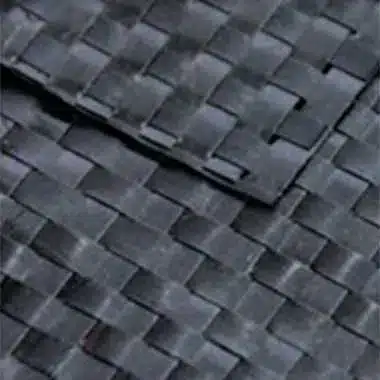+86-159 9860 6917
info@geofantex.com
geofantex@gmail.com
+86-400-8266163-44899
Geotextiles are designed to improve soil stability in landscaping projects. These man-made materials are typically made from polyester or polypropylene. In this post, we will discuss the various differences between woven and non-woven geotextile.
Woven Geotextiles:
Woven geotextiles are made by weaving narrow strips of film together to provide reinforcement and separation. They are specified by tensile strength and are resistant to deformation under pressure. Woven fabrics have a plastic-like appearance and feel, are mostly impermeable, and do not provide adequate drainage. They are suitable for applications requiring high loads, such as under roads and parking lots.
Attributes of Woven Geotextiles:
- Separation
- Reinforcement
- High Tensile Strength
- Low Water Flow Rate
- Plastic-like Texture
Non-Woven Geotextiles:
Non-woven geotextiles are created using needle punching instead of weaving. They are used for separation, filtration, and drainage, and are specified by weight per square yard. Non-woven geotextiles feel like felt in texture, are permeable, and are commonly used in drainage and filtration applications.
Uses of Non-Woven Geotextiles:
- Separation
- Filtration
- Drainage
- Specified by Ounce per Square Yard Weight
- Felt-Like Texture
Using the correct geotextile in your landscaping project can increase its lifespan and improve overall design by preventing issues like drainage problems or settling.
Non-Woven Fabrics in French Drains:
Non-woven fabrics are often used in French drain applications, which redirect excess water away from specific areas. Installing a French drain involves digging a trench and filling it with gravel, allowing water to flow through the fabric and gravel layers to a safe runoff area.
Installation of a French Drain:
- Planning: Identify the water accumulation area and plan the drainage route to avoid impacting neighboring properties.
- Digging: Dig a trench along the planned route with a slight slope (recommended 1% grade). Ensure it aligns with local regulations and utility lines.
- Fabric and Gravel: Lay down non-woven fabric in the trench to prevent soil from clogging the gravel. Fill the trench with coarse gravel, then cover it with sand and landscaping fabric.
- Finishing: Add topsoil and sod over the completed drain to integrate it with your landscaping.
Tips for Beginners:
- Consult with a contractor for grading and trenching if needed.
- Consider renting equipment like a trencher for easier digging.
- Research local regulations and drainage options to avoid legal issues.
Items Needed for Trench Construction:
- Spade or shovel
- Drainage fabric
- Gravel
- Sand
- Sod
- String level and string
- Two stakes
- Tape measure



Get Free Sample
We’ll respond as soon as possible(within 12 hours)






















